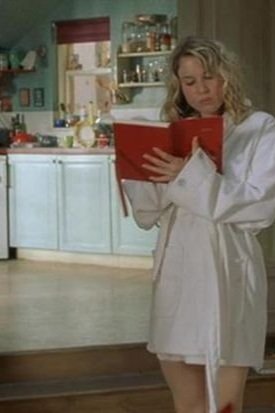Victorian Style in Interior Design History: Embody Elegance in Your Spaces
Photo by stephen packwood on Unsplash
This blog post contains affiliate links. For more information please visit our disclaimer page.
In the realm of interior design, few styles are as captivating and enduring as the Victorian era. Rooted in the distinctive aesthetic and opulent approach of the 19th-century, Victorian interior design continues to captivate and inspire us today. Evoking images of grandiosity, intricacy, and romance, this style carries with it a rich history and a plethora of iconic elements that define its allure. Join us as we delve into the transformative world of Victorian interior design and discover its fascinating history along with the timeless elements that continue to inspire modern interiors.
A Glimpse at the History
The Victorian era encompassed the reign of Queen Victoria of England, from 1837 to 1901, a period defined by extraordinary advancements and cultural transformation. This era witnessed the Industrial Revolution, which greatly influenced Victorian interior design. As the middle class expanded, the desire to emulate the opulence of the upper class emerged, leading to the creation of distinct interior styles.
Photo by Victoria Lea on Unsplash
Major Design Elements
1. Elaborate Architecture: Victorian homes were characterized by their ornate architectural detailing, such as high ceilings, crown moldings, and intricate woodwork. Attention to detail was paramount in creating a sense of grandeur and elegance.
Architectural details of a Victorian home | Photo by Carol Highsmith at the Library of Congress
2. Rich Color Palettes: Deep, rich colors dominated Victorian interiors, reflecting a sense of luxury and sophistication. Jewel tones like deep burgundy, emerald green, and royal blue were popular choices for wall coverings and upholstery. The deep, rich tones of the Victorian era still find their place in modern interiors. Using shades of burgundy, emerald green, or royal blue as accent colors can create a regal and timeless ambiance.
Victorian parlor of the Molly Brown House and Museum in Denver, Colorado | Photo from Carol Highsmith at the Library of Congress
3. Plush Fabrics and Upholstery: The use of sumptuous fabrics played a significant role in Victorian interior design. Velvet, brocade, and tapestry were commonly used for upholstering furniture, curtains, and draperies. These luxurious textures added depth and visual interest to the space. Intricate patterns, damasks, and floral motifs reminiscent of the Victorian era have made a comeback, adding a dash of vintage charm to modern interiors.
4. Ornate Furnishings: Victorian furniture was characterized by its intricate detailing and curves. Dark woods like mahogany and walnut were often used for pieces like dining tables, chairs, and cabinets. Ornate carvings and gilded accents were common features, elevating the overall opulence. The juxtaposition of antique or vintage furniture pieces with contemporary elements creates an intriguing fusion of old-world charm and contemporary aesthetics.
Victorian Sofa | Photo by S. Karpen Bros at the Library of Congress
5. Extravagant Accessories: Victorian interiors embraced an abundance of accessories and decorative elements. Crystal chandeliers, wall sconces, ornate mirrors, and elaborate mantelpieces were popular additions, exuding elegance and embellishing the rooms. Crystal chandeliers and elaborate light fixtures with a touch of Victorian influence bring a sense of glamor and sophistication to today's living spaces.
Woman listening at the door in a Victorian setting | Etching by Knut Ekwall at the Library of Congress
While the Victorian era may be long gone, its impact on modern interior design is undeniable. Steeped in history, Victorian interior design captures the essence of an era known for its grandeur and lavishness. Incorporating elements of opulence and intricate detailing, this style continues to inspire modern interiors, lending a touch of timeless elegance to our homes. Whether you choose to embrace the full Victorian aesthetic or infuse subtle hints into your design, the allure of the Victorian era remains a testament to the enduring appeal of this remarkable interior design style.
XO,











